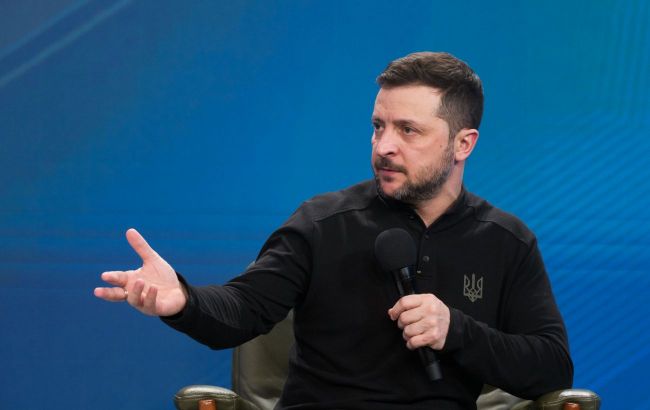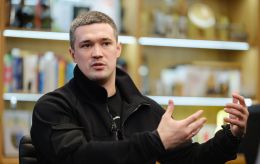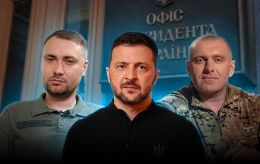Russia steps up shelling after 16 hours of ceasefire, Zelenskyy names hotspots
 Photo: President of Ukraine Volodymyr Zelenskyy (Vitalii Nosach, RBC-Ukraine)
Photo: President of Ukraine Volodymyr Zelenskyy (Vitalii Nosach, RBC-Ukraine)
Russia intensified shelling along the front lines on the morning of April 20, with the most active fighting reported in the Pokrovsk and Siversk directions, according to Ukrainian President Volodymyr Zelenskyy on Telegram.
Commander-in-Chief of the Armed Forces of Ukraine Oleksandr Syrskyi briefed the president on the situation at the front as of 12:00 p.m.
According to Zelenskyy, although Ukraine had declared it would mirror Russia’s actions during the truce, starting at 10:00 a.m., there was a noticeable increase in Russian shelling and use of kamikaze drones. As of 10:00 a.m., the truce had lasted 16 hours. Zelenskyy emphasized that the number of FPV drones used by the Russian army had doubled.
"The most active operations by the Russian army this morning are taking place in the Pokrovsk and Siversk directions. In these and some other areas of the front, Russian heavy weapons continue to be used," President Zelenskyy stated.
According to Commander-in-Chief Oleksandr Syrskyi’s report, there were already 26 Russian assault actions between midnight and noon.
Easter truce in Ukraine
On Saturday, April 19, Russian dictator Vladimir Putin announced that he had ordered a 30-hour ceasefire — from 6:00 p.m. on April 19 to midnight on April 21.
Ukraine agreed to the so-called Easter ceasefire. However, President Volodymyr Zelenskyy emphasized that Ukrainian forces would respond in kind to any actions by Russian troops.
According to Ukrainian military officials, the Russian army did not fully halt shelling and attacks along the front line. In addition, Russian forces continued to strike civilian targets. For instance, a man was killed in the Kherson region as a result of Russian shelling.
More on the Easter truce and reactions from Ukraine and Western nations can be found in RBC-Ukraine’s report.

